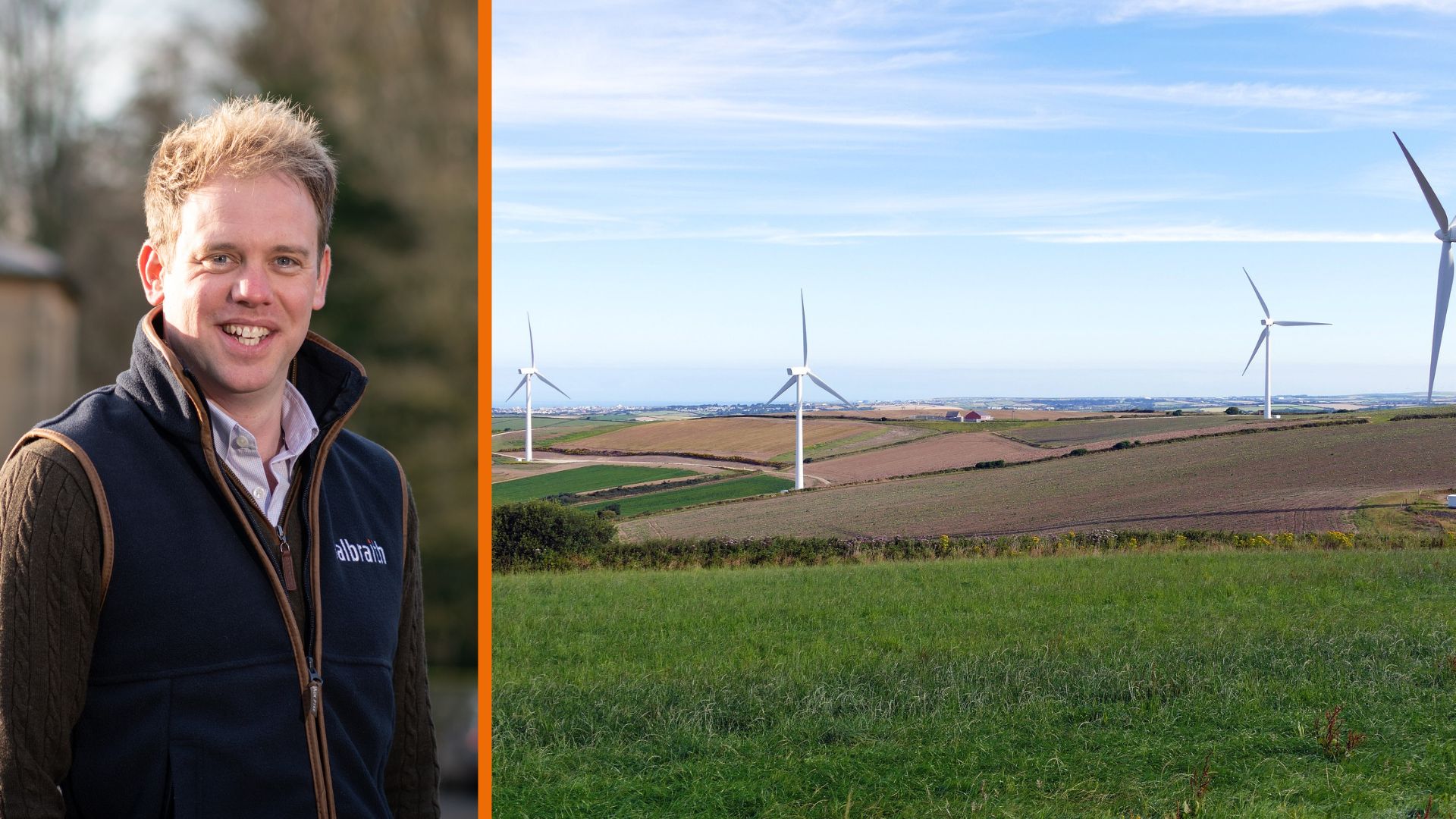The long-awaited summer launch of the 2023 Sustainable Farming Incentive (SFI) looks to have turned into a controlled rollout throughout the coming autumn. Whilst initially this may seem frustrating to those wondering whether to leave areas of their farms out of this coming year’s cropping plans, is it actually a blessing in disguise?
Yes! Defra may have left it until the last minute to make this announcement, but at least we haven’t all tried to submit application forms on the same day and overloaded the notoriously fickle Rural Payments Agency system. Registering an expression of interest is easy to do and we assume Defra will work its way through this pile effectively placing farmers in an orderly queue ready to apply.
Once an application is submitted, Defra assures us it will process the form in double quick time and get an offer out in a few weeks. Once accepted it instantly becomes live and you will receive the first of your quarterly payments three months later.
For those still sceptical of applying or deliberating what to do this autumn, it is maybe worth reflecting on the current position of farming in England:
- An average harvest with poor quality crops cut at high moisture levels and grown on the back of high input prices;
- Falling grain markets;
- A jittery and unsustainable livestock market;
- A 35% reduction in BPS payments on average from three years ago
- High inflation – increases in most fixed and variable costs;
- High interest rates and increased overdraft costs.
The SFI offers some financial risk management in the form of three years of guaranteed payments. Whilst those with current Country Stewardship Scheme funding may have to be more creative in how they layer on the ground options, none of the desk top exercises are particularly onerous. The SFI should offer something to all farm types and bolster income in uncertain times ahead.
- Natural Capital: Galbraith’s expert advisers guide our clients in realising value in all land uses – by assessing and measuring natural assets, furthering opportunities in biodiversity net gain, and ensuring stakeholders are rewarded fully for their investment in and contribution to delivering ecosystem services and net-zero outcomes.

